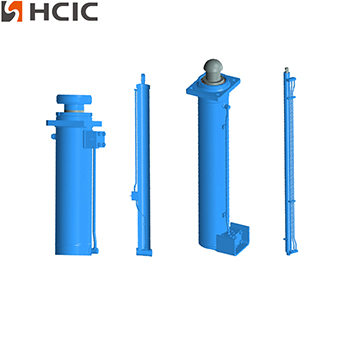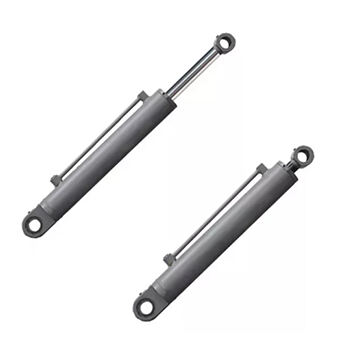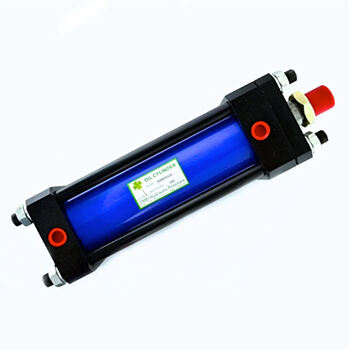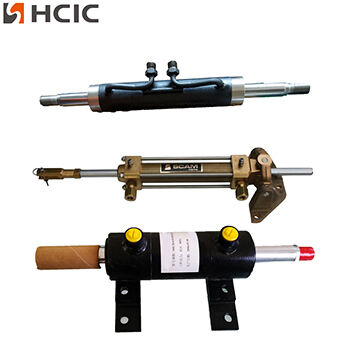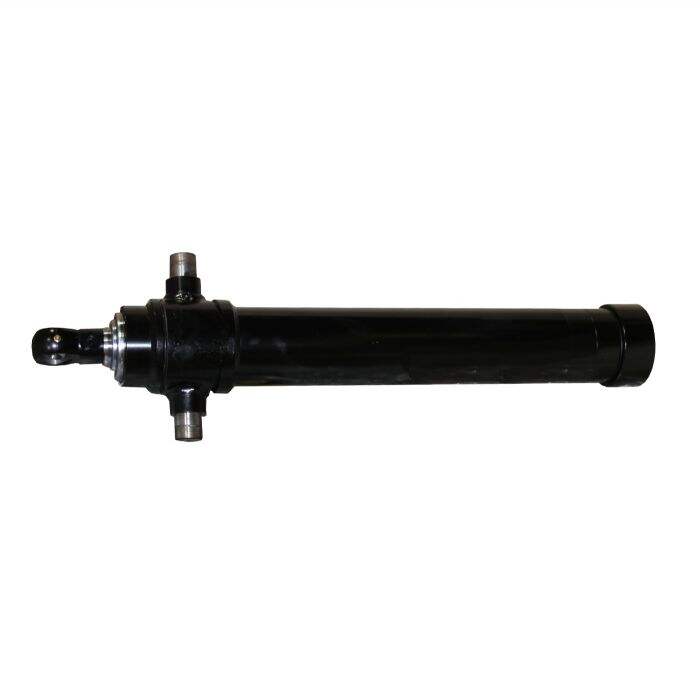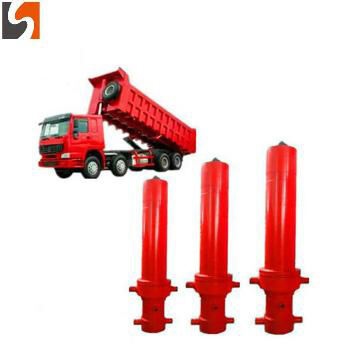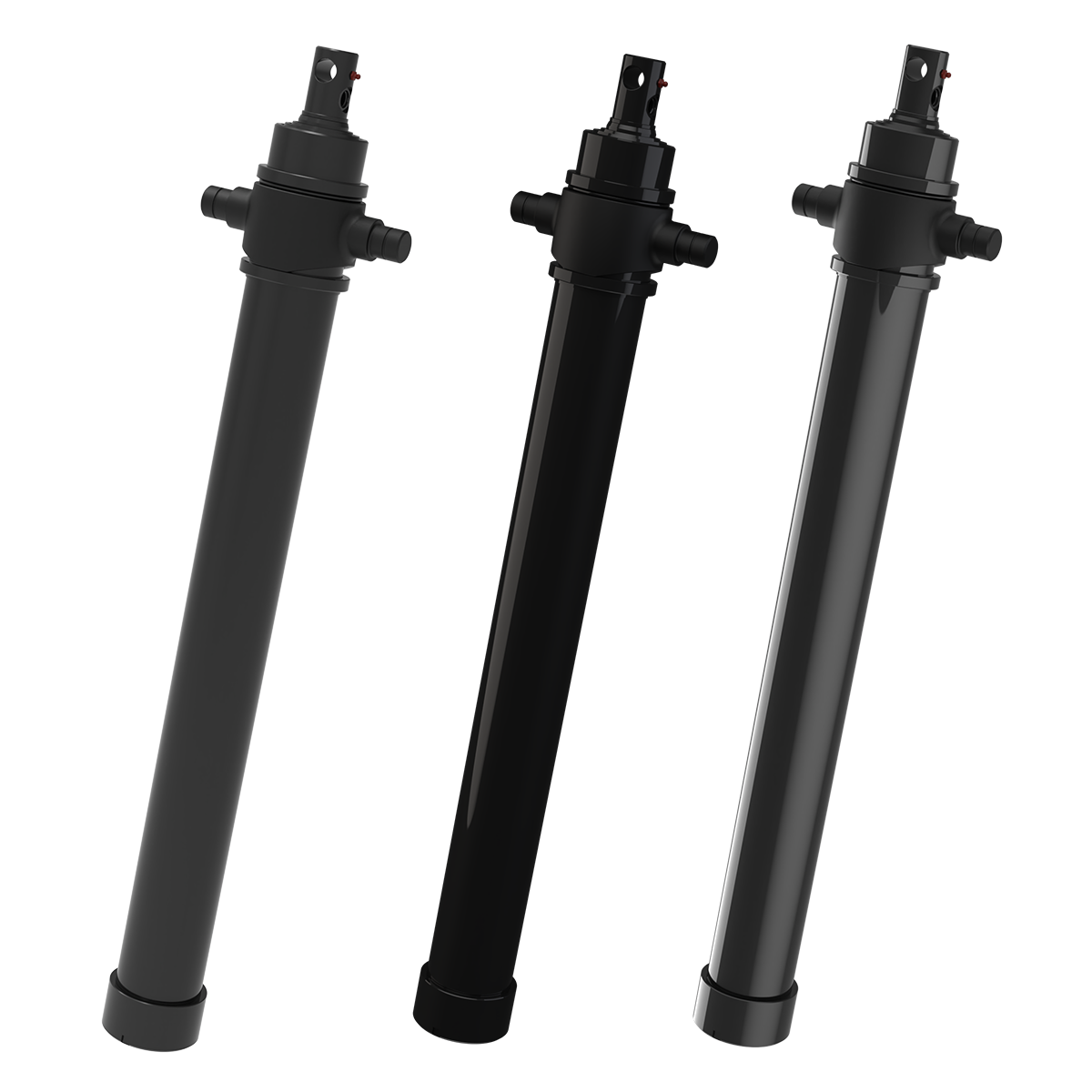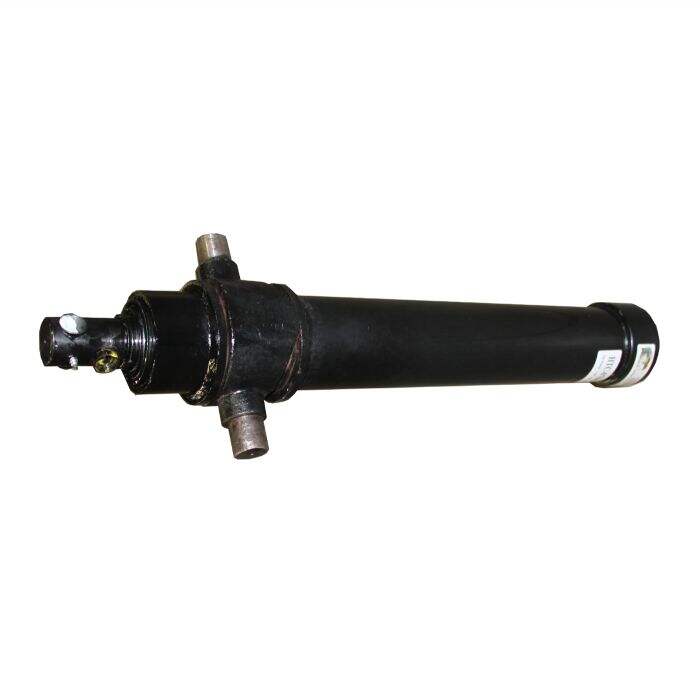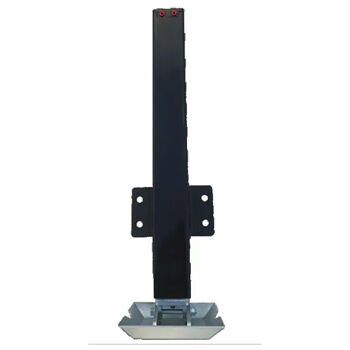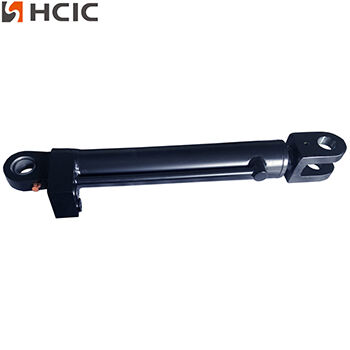What Is Hydraulic Cylinder Chatter?
Hydraulic cylinder chatter is a phenomenon characterized by a rapid, vibrating motion of the cylinder rod during operation. This chatter can manifest as a loud, disconcerting abnormal noise and can cause uneven or jerky motion in the cylinder. Chatter not only affects the performance of the hydraulic cylinder but can also lead to accelerated wear on the cylinder bore, rod seals, and other critical system components.
Causes of Hydraulic Cylinder Chatter
Several factors can contribute to what causes a hydraulic cylinder to chatter, including:
Aeration and cavitation: Air bubbles in the hydraulic fluid can compress and expand, causing the hydraulic cylinder to vibrate and chatter. Cavitation occurs when fluid pressure drops below the vapor pressure, forming vapor bubbles that collapse and create shock waves.
Worn or damaged seals: Deteriorated or damaged rod seals can allow hydraulic fluid to bypass, leading to pressure fluctuations and chatter.
Insufficient lubrication: Inadequate lubrication can increase friction between the cylinder rod and seals, causing stuttering motion and chatter. Ensuring that the hydraulic system is properly lubricated is crucial for smooth operation.
Misaligned or bent rods: A misaligned or bent cylinder rod can cause uneven contact with the seals which results in chatter and accelerated wear.
Excessive load or pressure: Overloading the hydraulic cylinder or subjecting it to excessively high pressure can cause the rod to deflect, leading to chatter and potential damage.
To effectively address hydraulic cylinder chatter, be sure to diagnose the root cause.
Here are some steps to help identify the problem:
Visual inspection: Examine the cylinder, rod, and seals for signs of wear, damage, or contamination. Look for scratches, pitting, or uneven wear on the chrome-plated surface of the rod.
Check for leaks: Inspect the cylinder for fluid leaks around the seals or fittings. Leaks can indicate worn seals or loose connections, which can contribute to chatter.
Monitor performance: Observe the cylinder during operation and take note of any unusual noises, vibrations, or erratic motion. Pay attention to the cylinder's speed and smoothness of motion.
Fixing Hydraulic Cylinder Chatter
Once you've identified the cause of the chatter, you can take steps to fix the issue and restore smooth cylinder operation:
Replace worn seals: If the rod seals are worn or damaged, replace them with new, high-quality seals from a reputable seal supplier. Make sure that the seals are compatible with your cylinder and hydraulic fluid.
Polish cylinder rods: If the chrome-plated rod surface is scratched or pitted, polishing can help restore a smooth finish and reduce chatter. Use emery cloth, steel wool, or crocus cloth to carefully remove surface imperfections and achieve a mirror finish.
Ensure proper lubrication: Maintain adequate lubrication by using the appropriate hydraulic fluid and regularly checking fluid levels. Consider adding a high-quality lubricant to the fluid to reduce friction and wear.
Realign or replace bent rods: If the cylinder rod is misaligned or bent, attempt to realign it using specialized tools. If the damage is severe, you may need to replace the rod altogether.
Adjust load and pressure: Ensure that the cylinder is operating within its designed load and pressure limits. Adjust the system settings if necessary to prevent overloading and excessive stress on the components.
Polishing Hydraulic Cylinder Rods
Polishing the cylinder rod is a cost-effective way to reduce chatter and extend the life of your hydraulic cylinder.
Here's a step-by-step guide to polishing your rods:
Remove the rod from the cylinder and clean it thoroughly with a degreaser or solvent to remove any oil, grease, or debris.
Inspect the rod for deep scratches, pitting, or corrosion. If the damage is severe, consider replacing the rod.
Start polishing with a coarse-grit emery cloth or sandpaper to remove surface rust and imperfections. Work progressively to finer grits, such as steel wool or crocus cloth, to achieve a smoother finish.
Use a buffing wheel or polishing compound to achieve a mirror finish. Be careful not to remove too much material, as this can affect the diameter and fit of the rod.
Clean the polished rod with a lint-free cloth and apply a light coat of oil to protect the surface before reassembling the cylinder.
Preventing Hydraulic Cylinder Chatter
Prevention is key to minimizing hydraulic cylinder chatter and extending the life of your equipment.
We’ve provided some best practices to keep in mind:
Regular maintenance: Perform routine inspections and proactive maintenance on your hydraulic HCICluding checking hydraulic fluid levels, replacing filters, and examining seals and rods for wear.
Proper installation: Ensure that hydraulic cylinders are installed correctly and aligned properly to prevent uneven wear and stress on system components.
High-quality components: Use premium seals, rods, and other components from trusted manufacturers to ensure optimal performance and longevity of your hydraulic system.
Fluid cleanliness: Maintain clean hydraulic fluid by regularly monitoring and replacing fluid, as well as using appropriate filters to remove contaminants and minimize air bubbles.
When to Replace a Hydraulic Cylinder
In some cases, repairing a chattering hydraulic cylinder may not be the most cost-effective solution.
Consider replacing the cylinder if:
The damage to the rod, bore, or seals is severe and extensive, leading to repeated equipment failure.
The cost of repairs exceeds the value of the hydraulic cylinder or a significant portion of a new cylinder's cost.
The hydraulic cylinder has undergone multiple repairs and continues to experience chatter or performance issues, indicating a deeper problem within the hydraulic system.
Conclusion
Hydraulic cylinder chatter is a common issue that can lead to decreased performance, accelerated wear, and premature equipment failure in your hydraulic system. As long as you understand the factors that contribute to chatter, such as aeration, worn seals, misaligned rods, and insufficient lubrication, you can take steps to diagnose and fix the problem effectively. Some proven solutions include polishing cylinder rods, replacing seals, and ensuring that the hydraulic system is properly lubricated. These can reduce chatter and extend the life of your hydraulic cylinders.
Regular proactive maintenance and the use of high-quality components can help prevent chatter from occurring in the first place, minimizing the risk of low pressure, air trapped in the system, and other harmful conditions that can lead to hydraulic pump and overall hydraulic system failure. However, if the damage to your hydraulic cylinder is severe or the cost of repairs is too high, you can consider replacing the cylinder as it could be more cost-effective.
If you're experiencing issues with hydraulic cylinder chatter or need help with maintenance and repairs, contact the experts at HCIC. Our team of experienced professionals can help you diagnose and resolve any problems with your hydraulic cylinders to make sure that your equipment operates smoothly and efficiently. Don't let hydraulic cylinder chatter impact your productivity – take action today and partner with HCIC. for all your hydraulic cylinder needs.

 EN
EN
 AR
AR
 BG
BG
 HR
HR
 CS
CS
 DA
DA
 NL
NL
 FI
FI
 FR
FR
 DE
DE
 EL
EL
 HI
HI
 IT
IT
 JA
JA
 KO
KO
 NO
NO
 PL
PL
 PT
PT
 RO
RO
 RU
RU
 ES
ES
 SV
SV
 CA
CA
 TL
TL
 IW
IW
 ID
ID
 LV
LV
 LT
LT
 SR
SR
 SK
SK
 UK
UK
 VI
VI
 HU
HU
 TH
TH
 TR
TR
 FA
FA
 MS
MS
 GA
GA
 CY
CY
 KA
KA

